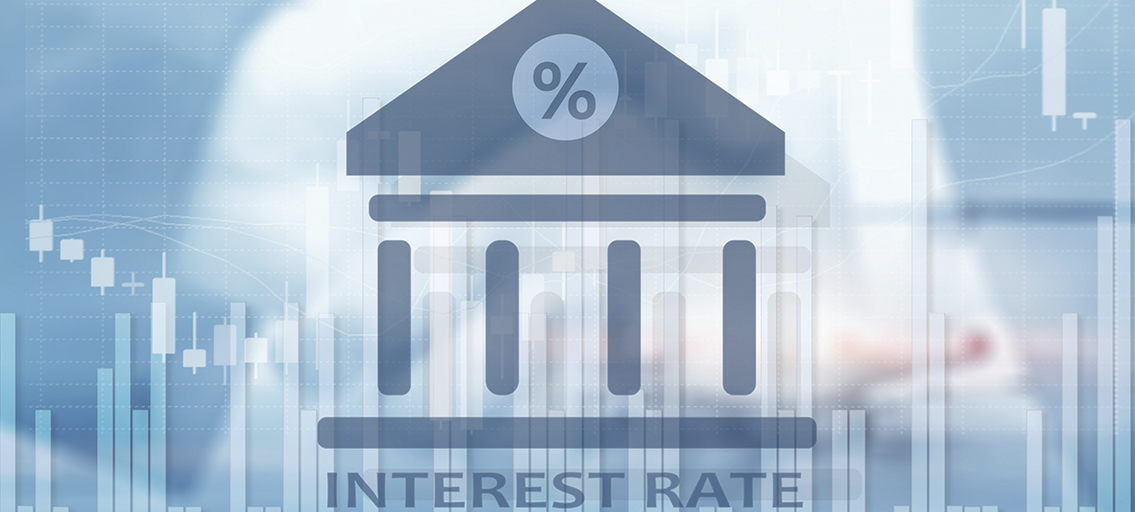Esta web utiliza cookies para que podamos ofrecerte la mejor experiencia de usuario posible. La información de las cookies se almacena en tu navegador y realiza funciones tales como reconocerte cuando vuelves a nuestra web o ayudar a nuestro equipo a comprender qué secciones de la web encuentras más interesantes y útiles.
Publicaciones
The pandemic has led monetary authorities to extend their expansionary policies and shaped the expectation that they will remain lax until at least 2022. Currently, some 45 central banks have introduced interest rates at or below 1%, and yet inflation has remained low. Moreover, the prolongation of ultra-low interest rate levels is generating considerable distortions in the financial intermediation business and in the financial markets. Monetary policy has staved off liquidity crunches and episodes of heightened uncertainty, but it has also facilitated the accumulation of credit risk and debt and placed downward pressure on retail banks’ profitability. Additionally, there are concerns that the extraordinary levels of debt accumulated in recent years will make it harder for central banks to meet their inflation targets, thereby reducing their credibility. Looking to 2021, there are several possible scenarios that could emerge, including a continuation of current monetary policies as the economy recovers, a resurgence in inflation due to expansionary fiscal and monetary policies, or a delayed recovery requiring the extension of monetary stimulus measures. Regardless of which scenario develops, central banks can offer additional support to the banking sector through the creation of a ‘pandemic insurance policy’ that prevents the impairment of loan quality, a pan-European financing plan, reducing minimum reserve requirements, and raising the deposit facility rate.
Carbó, S., P. J. Cuadros y F. Rodríguez (2021). «Interest rates and the banking business post pandemic». SEFO – Spanish Economic and Financial Outlook 10, n.º 1 (enero): 41-48.



